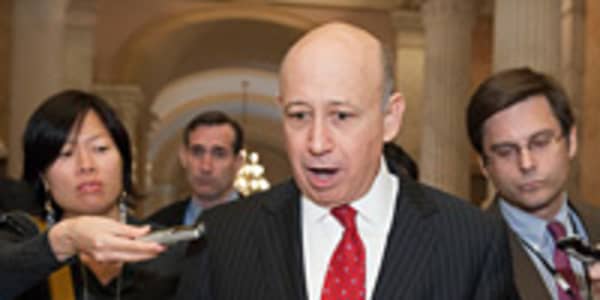Republican vice presidential hopeful says he regrets signing letters in 2009 requesting stimulus funds for projects in his congressional district because “it’s clear the Obama stimulus did nothing to stimulate the economy.”
That is not exactly true, according to an Investigations Inc. analysis of the projects Ryan championed.
But the impact of the projects may not be quite what Ryan — or the administration — initially hoped for. In all, fewer than 200 jobs were created, at a cost of more than $20 million. (Related: Paul Ryan's Stimulus Problem.)
Ryan initially denied making the requests, but after being presented with the letters — each with his signature — he acknowledged they came from his office.
“After having these letters called to my attention I checked into them, and they were treated as constituent service requests in the same way matters involving Social Security or Veterans Affairs are handled,” he said in a statement last week.
“This is why I didn’t recall the letters earlier. But they should have been handled differently, and I take responsibility for that. Regardless, it’s clear that the Obama stimulus did nothing to stimulate the economy, and now the President is asking to do it all over again.” (Related: Obama Campaign Tries to Have It Both Ways in Death of Steelworker's Wife.)
Ryan — or his office — sent letters in 2009 to Energy Secretary Steven Chu endorsing four Wisconsin projects seeking funding under the American Recovery and Reinvestment Act. Three of the four projects received funding, and each recipient reports jobs were created, although the measurement is imprecise at best.
The most ambitious request was for the Wisconsin Energy Conservation Corporation, which sought $20 million dollars to make homes and commercial buildings more energy efficient.
“I was pleased that the primary objectives of their project will allow residents and businesses in the partner cities to reduce their energy costs, reduce greenhouse gas emissions, and stimulate the local and area economy by creating new jobs,” Ryan’s letter said, adding that WECC believed it would “create or retain approximately 7,600 new jobs” over six years.
The program got its funding; it was one of 41 recipients under a $450 million energy efficiency block grant funded by the stimulus. But two years after the funding began, the program appears to be nowhere close to the 7,600 jobs touted in the Ryan letter.
The number so far: 156.9 jobs created or retained, based on WECC’s quarterly reports to the Department of Energy, which are required under the Recovery Act.
But under the government’s reporting system, some jobs could be counted twice if they span multiple quarters. A WECC spokeswoman declined to comment on jobs created under the grant, but acknowledges the agency asked for Ryan’s letter.
“Asking for support from local officials is common in these types of grant applications,” Amanda Wollin wrote in an e-mail to CNBC.
The other stimulus projects Ryan endorsed also created jobs, but not many.
The Milwaukee Area Technical College received a $740,000 grant to fund a training program for making buildings more energy efficient.
“I believe that they would make effective use of the funds they would receive from the DOE,” Ryan wrote in a letter to Chu on October 5, 2009.
A spokeswoman for the college tells CNBC the grant led to the creation of four new positions, and partially funded 15 to 20 existing positions.
And the Energy Center of Wisconsin received $190,000 for research on geothermal heat pumps.
“The applicant believes these systems may result in widespread adoption of ground-source heat pump technology (which is a technology ideal for Wisconsin’s climate),” Ryan wrote.
The program added 1.3 jobs.
In all, Ryan endorsed $20.9 million in stimulus projects, which are being tied, so far, to roughly 182 jobs.
Notwithstanding the results in Wisconsin, it is inaccurate to say, as Ryan did, that “the Obama stimulus did nothing to stimulate the economy.” (Related: Romney Claim on Obama Welfare Changes Doesn't Hold Water.)
The non-partisan Congressional Budget Office says at the peak of the stimulus in 2010, the program added as many as 3.3 million jobs and raised GDP (explain this) by as much as 4.2 percent. But the cost of the stimulus — $787 billion — could be a legitimate source of debate.
The CBO notes that the increase in government debt under the stimulus could “crowd out” some private investment, but said in a report in May that the long-term negative effects on the economy would be minimal.
—By CNBC's Scott Cohn
@ScottCohnCNBC





